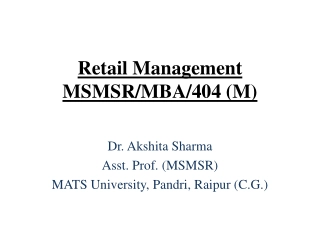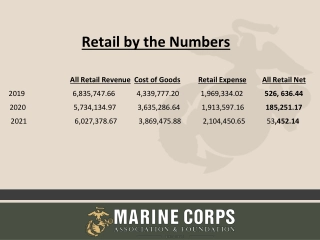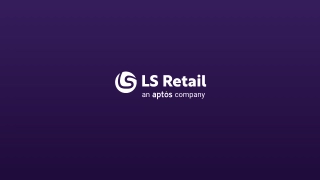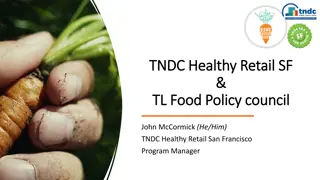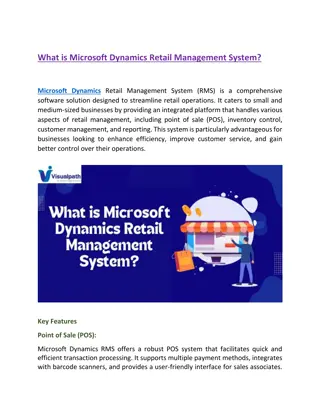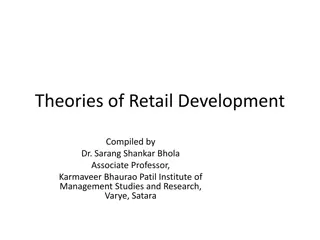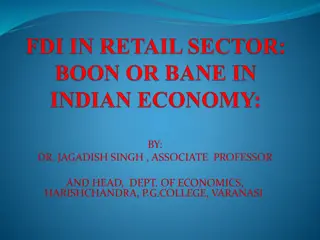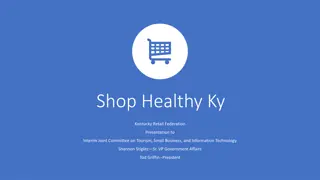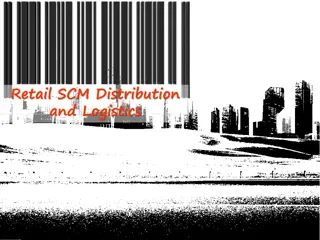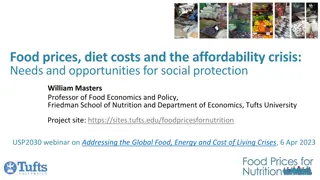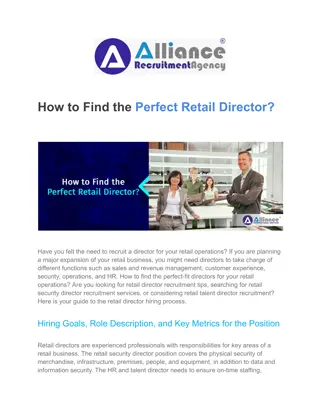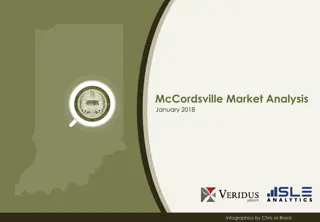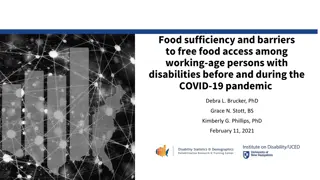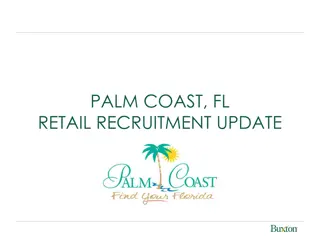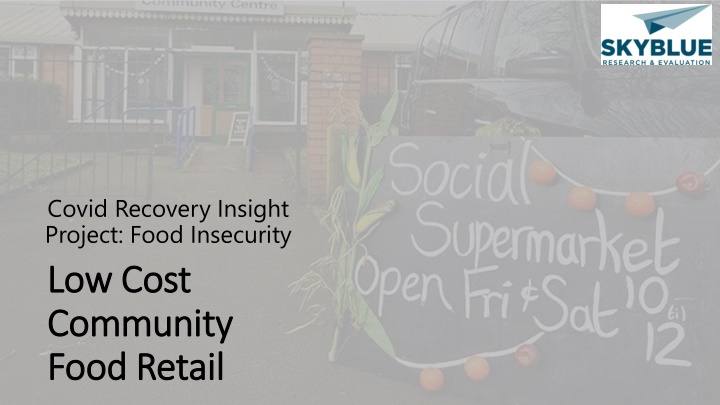
Community Food Retail Models for Empowering Individuals and Building Resilient Communities
Discover how low-cost community food retail models like local pantries and social supermarkets empower individuals, reduce dependency, and strengthen communities. Benefits include access to fresh, healthy food, improved mental well-being, reduced stigma, and opportunities for volunteerism. Explore the positive outcomes and impacts on community resilience, nutrition security, and overall well-being.
Download Presentation

Please find below an Image/Link to download the presentation.
The content on the website is provided AS IS for your information and personal use only. It may not be sold, licensed, or shared on other websites without obtaining consent from the author. If you encounter any issues during the download, it is possible that the publisher has removed the file from their server.
You are allowed to download the files provided on this website for personal or commercial use, subject to the condition that they are used lawfully. All files are the property of their respective owners.
The content on the website is provided AS IS for your information and personal use only. It may not be sold, licensed, or shared on other websites without obtaining consent from the author.
E N D
Presentation Transcript
Covid Recovery Insight Project: Food Insecurity Low Cost Low Cost Community Community Food Retail Food Retail
Definition: low cost community food retail These are variously called local or community pantries, larders, or fridges, social supermarkets or food clubs. (Note however: larders and fridges are often free food ) Though they often also rely on redistributed surplus food, they differ from food banks because people usually pay a small amount either as a membership fee or on a per-use basis and then get to choose from the selection items available. Making fresh foods available are also usually a feature of these models. .
Outcomes seen in the evidence base for these models Community empowerment through a process of developing a local social supermarket Increased resilience / less dependency e.g., not reliant on food banks as much as before Less worry and stress by being able to stretch budget; less spent on food = more on other bills Improved sense of belonging, dignity / reduced stigma by accessing a model that is open to the whole community Choice / individual empowerment Access to healthier, fresh food options not typically available in food banks Outcomes Opportunities to volunteer build skills and confidence, and these roles are often taken by people who are/were struggling themselves and seek to give back Reciprocity Self-efficacy planning the cooking of food with greater confidence (especially where the model includes an education / cooking together element). THERE ARE MANY OTHER OUTCOMES FOR INDIVIDUALS, COMMUNITIES AND ORGANISATIONS ASSOCIATED WITH THESE DIFFERETN MODELS PLEASE REFER TO THE MAIN REPORT FOR DETAILS FURTHER EXAMPLES FOLLOW.
Food pantry / social supermarket benefits Benefits to members (individuals and households) Benefits for Communities Community resilience and social infrastructure: Members feel more connected to their local community. Improves food and nutrition security: Pantries provide availability, access, and stability of wide variety of healthy and nutritious food to members. Improves Wellbeing: Being able to buy good quality food at reduce prices improve self-worth. No stigma attached to using the service. Investing in community Health outcomes: Being a member /user of the pantry/social supermarket improves mental health and reduces anxiety reduces financial worries. Improves household income: For a household visiting a local pantry once a week could save 780 a year savings are used to settle debts and pay other household bills, or buy more quality food. Connecting with community services / strengthening communities: pantries act as food hub by offering additional support, taken as a whole therefore able to help members to deal with the root causes of food poverty. Reciprocity: Food pantries/social supermarkets operate often by asking for something in return. In this model, for a small fee.
The Relationships Project has developed a case study detailing the following kinds of outcomes for people using the Community Shop/Stores model. Outcomes associated with Community Shops / Stores
Challenges High dependence on establishing and sustaining relationships Logistic and distribution challenges Unreliability of surplus food Availability and coordination of volunteers Financial challenges Pantries can have excess produce that it struggles to eat or sell in certain seasons.
Innovation: SHORES Community Pantry (East Holderness) Educational tools and community inclusion with recipe idea cards Trading opportunity to generate income Steps to Food Security model Relevant in size to the community that they are serving, and they have let it organically grow Developed an emergency response fund as a safety net for the future reinvesting income into the social purpose from the takings How can we develop something that has a local impact for individuals, deal with future emergencies and be sustainable? Very strong relationships with other food banks in the region and helped advise them with developing a similar model
Community Shop Example One member, Jenny, tells the story of Community Shop helping her find a job. I was buzzing as I came back to tell everyone that I had got a job, to start the following Monday, but then panic hit again as I realised I couldn t afford new work clothes and safety footwear. The Community Leaders rallied round and sorted me out quickly. Natalie s story, starting with food, has led to her doing some Kickstart classes and a decision and pathway to college in a very short period of time. A fresh start that I never thought I would have. The Relationships Project case study asserts that Community Shop is more sustainable than many other social supermarkets, largely because of its commercial arm, Company Shop, and overall Group heritage and structure which helps avoid supply-chain and staffing issues.
Community Pantry Example Bradford: Inn Churches, a third sector organisation that provides practical support to people in Bradford including a Food Hub, established the Food Savers scheme with the rationale that they did not want the legacy of COVID-19 to be an overdependence on free food. Members of the scheme access the low-cost food markets whilst also establishing a savings account through the Credit Union: In addition to the pantry model, one thing that s developing in Bradford, and it's beginning to spread as well, is our FoodSavers Network, where the local Credit Union has got on board. That has actually really turned lots of people's lives around that they ve actually started saving a few pounds. They're purchasing their food at low cost and they're putting a pound a week aside or something. Then, for some people, that has really shifted their thinking. We ve found that lots of people have been really positive. Some people have really found that a positive thing and actually have started to take charge of their life in a way they never had before, which is really, really positive.
The models offer affordable, accessible and typically more nutritious options that could be regarded as a next step from needing to use a food bank. Making the case for low cost community food retail models The model encourages more dignity because a contribution is made and there is more choice. Models can often be mixed which gives rise to wider individual and community benefits aligned with their social purpose. The models enable revenues to flow that can then be re- invested into the wider social purpose in that community.
1. Can the evidence be strengthened to the point where a food pantry / social supermarket / community shop is knowingly able to address the root causes of food insecurity, and help clients achieve long-term food security and self-sufficiency? 2. How could the reciprocity aspect of low cost community food retail be embedded across all or more of the food models made available in communities, as this seems to amplify feelings of dignity, reduce stigma and encourage use without people feeling different. 3. How could these models operate / be adapted for rural or sparse communities? Questions Arising

